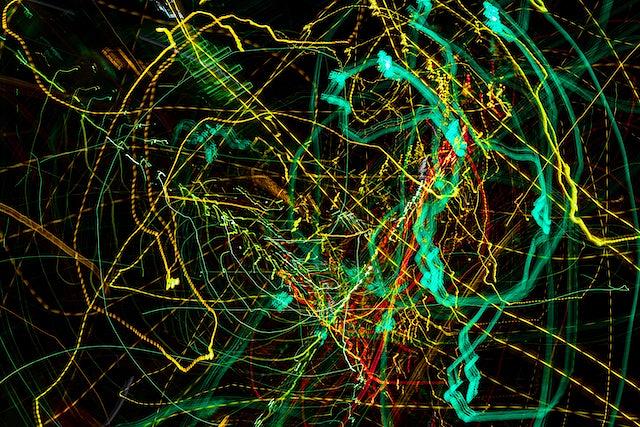-
-
Introduction
-
Brownian Motion
-
Types of Random Walks
-
-
-
Root Mean Square Displacement
-
-
-
Role of the Spatial Dimension
-
-
-
Part I
-
Part II
-
Part III
-
Part IV
-
A poor person's fluctuation dissipation relation
-
-
-
Part I
-
Part II
-
Part III
-
-
-
First Passage Phenomena
-
-
-
Part I
-
Part II
-
-
-
Final Remarks
-
-
-
Homework
-
Homework Solutions
-
6.1 First Passage Phenomena » Quiz Solutions
Question 1
Let denote the probability for a random walk that starts at site
to reach
without ever reaching
.
Using the backward Kolmogorov approach, these exit probabilities obey the recursions:
Solving these two equations for the two unknowns gives .
Note that this problem can also be solved by enumerating all paths that take the walk from to
.
This enumeration approach becomes impossibly complicated for long intervals, however, while the backward Kolmogorov approach works easily for an interval of any length.
Question 2
Let denote the average time for the random walk to exit the interval
when the walk starts at site $n$. Again using the backward Kolmogorov approach, these exit times obey the recursions
Solving these two equations for the two unknowns gives .
This problem can also be solved by enumerating all paths that take the walk from to either
or
. This enumeration becomes impossibly complicated for long intervals, however, while the backward Kolmogorov approach again works easily for an interval of any length.
Question 3
For the interval the backward Kolmogorov equations for the exit times are:
Solving these equations for the three unknowns gives ,
and
.

